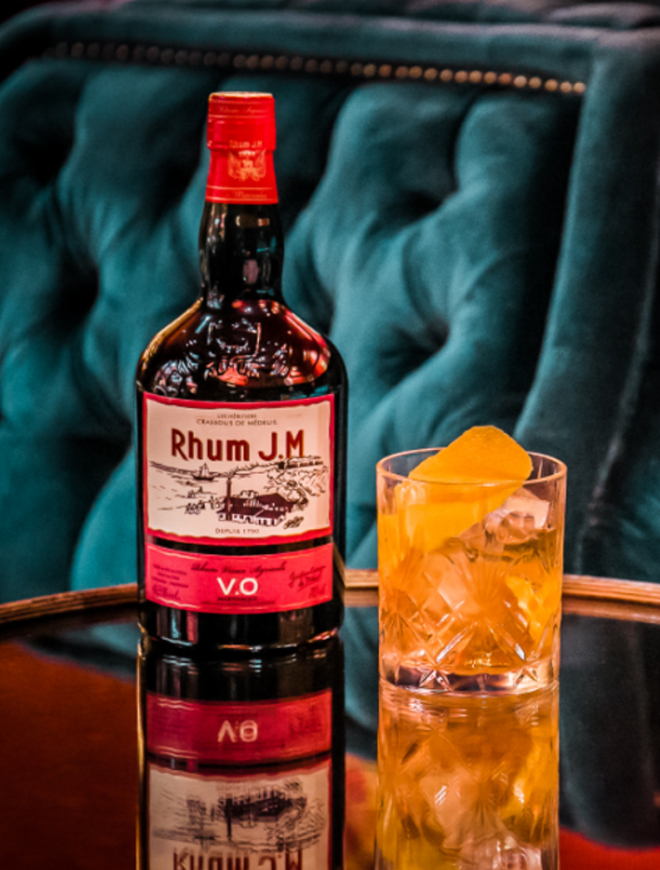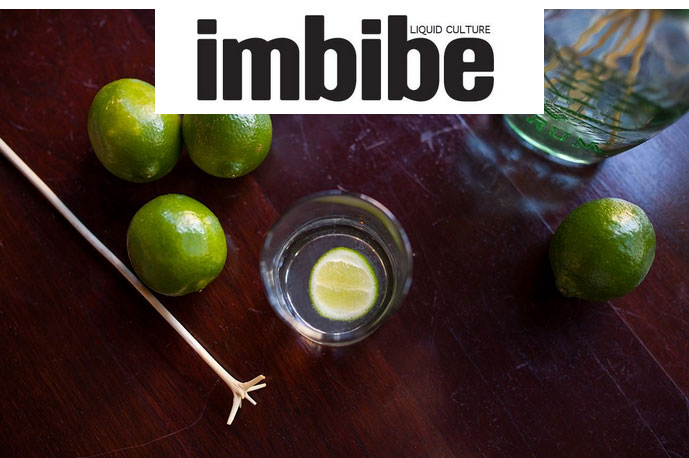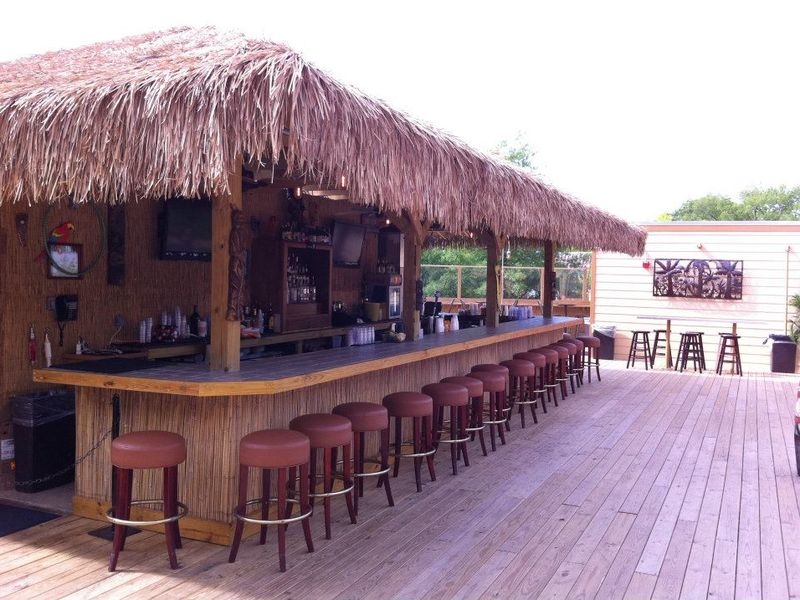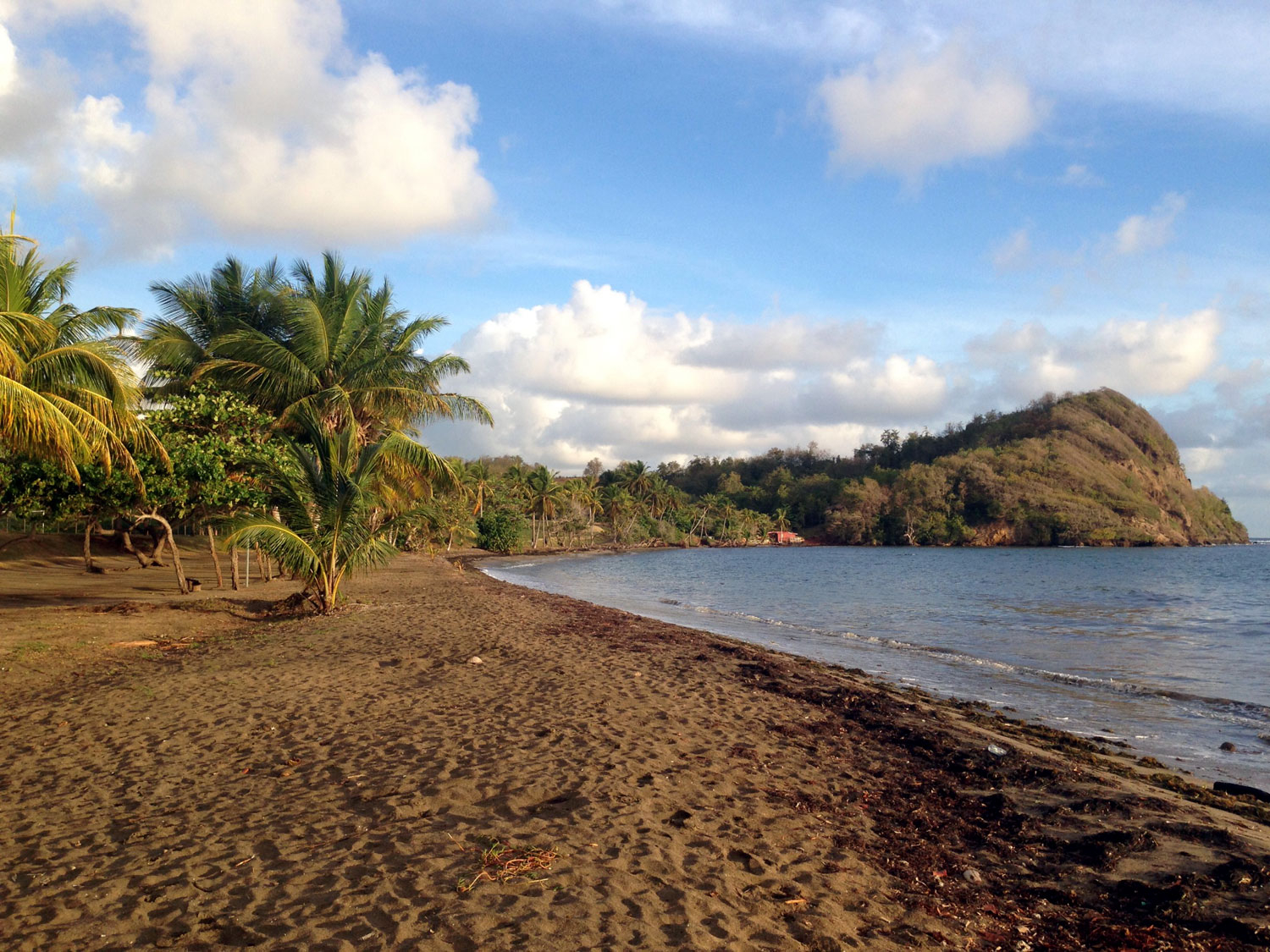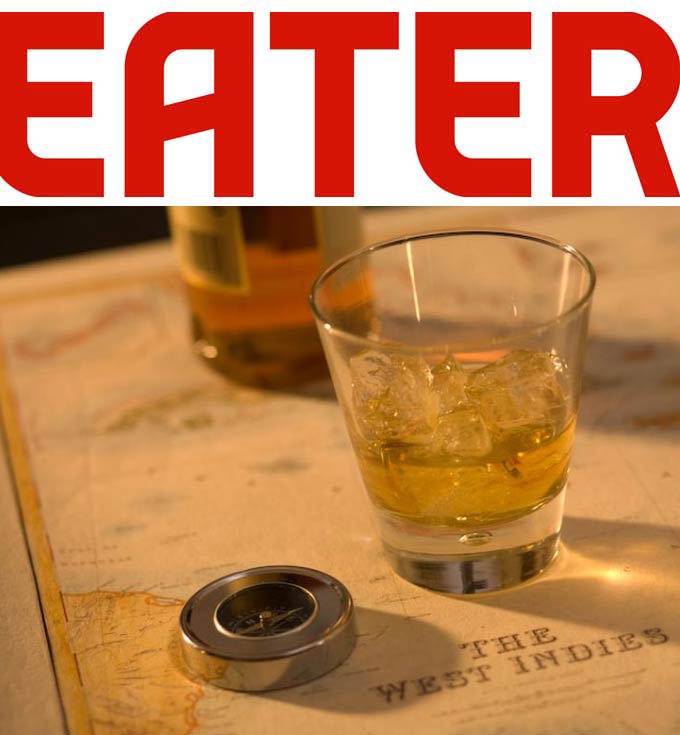
Understanding the oft-overlooked spirit.
In the United States, people buy more rum than bourbon, Scotch, gin or tequila. Statistics from the Distilled Spirits Council of the United States (DISCUS) show that in 2014, over 25 million 9-liter cases of rum were sold across the country, compared to approximately 19.3 million 9-liter cases of bourbon, 9.4 million cases of Scotch, 10 million cases of gin, and 13.8 million cases of tequila.
Yet, beyond Bacardi and Captain Morgan, how much does the average American consumer really know about rum? Despite the spirit’s overall popularity, it remains one of the least explored major categories, with few drinkers moving past rum and cokes or frozen summertime libations.
Surprisingly, even in the Caribbean, rum’s birthplace, the spirit is still an underdog. “Twenty years ago in the Caribbean, rum was a poor man’s drink,” says West Indies Rum & Spirits Producers Association (WIRSPA) Chairman Frank Ward. “The aspirational drink was Scotch.” In recent decades though, perception has been changing, and the quality of products available locally has improved.
Dig deeper into those same statistics and the picture becomes clearer. Only 14.4 percent of rum sold in 2014 fell into the “high end premium” or “super premium” categories, compared to 23.7 percent for gin and 26 percent for tequila, and whopping figures of 47 percent for Scotch and 55 percent for bourbon.
What is Rum Made From?
All rum begins with sugarcane. The tall grassy plant originated in Asia and was brought via trade to Portugal in the early 1400s. None other than Christopher Columbus is responsible for transporting the crop to the Caribbean. On his second voyage, he introduced sugarcane to the island of Hispaniola, today’s Dominican Republic, and Haiti. From there, the plant spread across the Caribbean. The history of rum production dates back at least as far as the 1650s, originating in Barbados.
One major misconception pertaining to rum is that some believe all rum is made from molasses. The vast majority is, but other producers make rum directly from sugarcane juice. According to Ward, about 95 percent of the rum produced today is made from molasses. Notable exceptions include Ron Barcelo, from the Dominican Republic, and Rhum Barbancourt, from Haiti.
In fact, the spelling of rum as “rhum” typically refers to rhum agricole, which is itself a French phrase indicating rum made from sugarcane juice. Therefore, rhum agricole generally hails from French Caribbean locales. Martinique even has its own protected AOC designation of AOC Martinique Rhum Agricole. While aging and blending always plays a prominent role in rhum agricole’s flavor, the spirit generally tends to showcase earthier notes and a lighter overall taste.
But rhum agricole is still rum, whether from Martinique, Haiti or anywhere else, just as bourbon is but a type of whiskey. And then there’s cachaça, a (typically) clear Brazilian spirit fermented and distilled from sugarcane juice.
In the United States, cachaça is legally considered rum, and technically speaking, it’s simply Brazil’s answer to rhum agricole. However, cachaça, which is also known as Brazilian rum, is largely but not always unaged, and has a reputation for being produced without as many regulations and standards.
Where is Rum Produced?
Most Americans think of Puerto Rico and Jamaica when rum comes to mind, but the Caribbean is rum’s true home. Neil Morris, global ambassador for WIRSPA and their Authentic Caribbean Rum program (more on that below) describes rum as “the golden strand that ties together 15 different countries.”
He’s describing WIRSPA members—which include Antigua and Barbuda, Barbados, Dominican Republic, Grenada, Haiti, Jamaica, St. Lucia, Trinidad & Tobago, and others—but rum is made in many other countries and territories across the Caribbean, as well as across Central and South America. There’s even a range of craft producers making rum in the United States, from Ballast Point in San Diego, to Bull Run in Portland, and others from Louisiana to Colorado and Maryland. They’re harking back to the colonial days, before American whiskey took root, when rum dominated the drinking interests of our forefathers.

